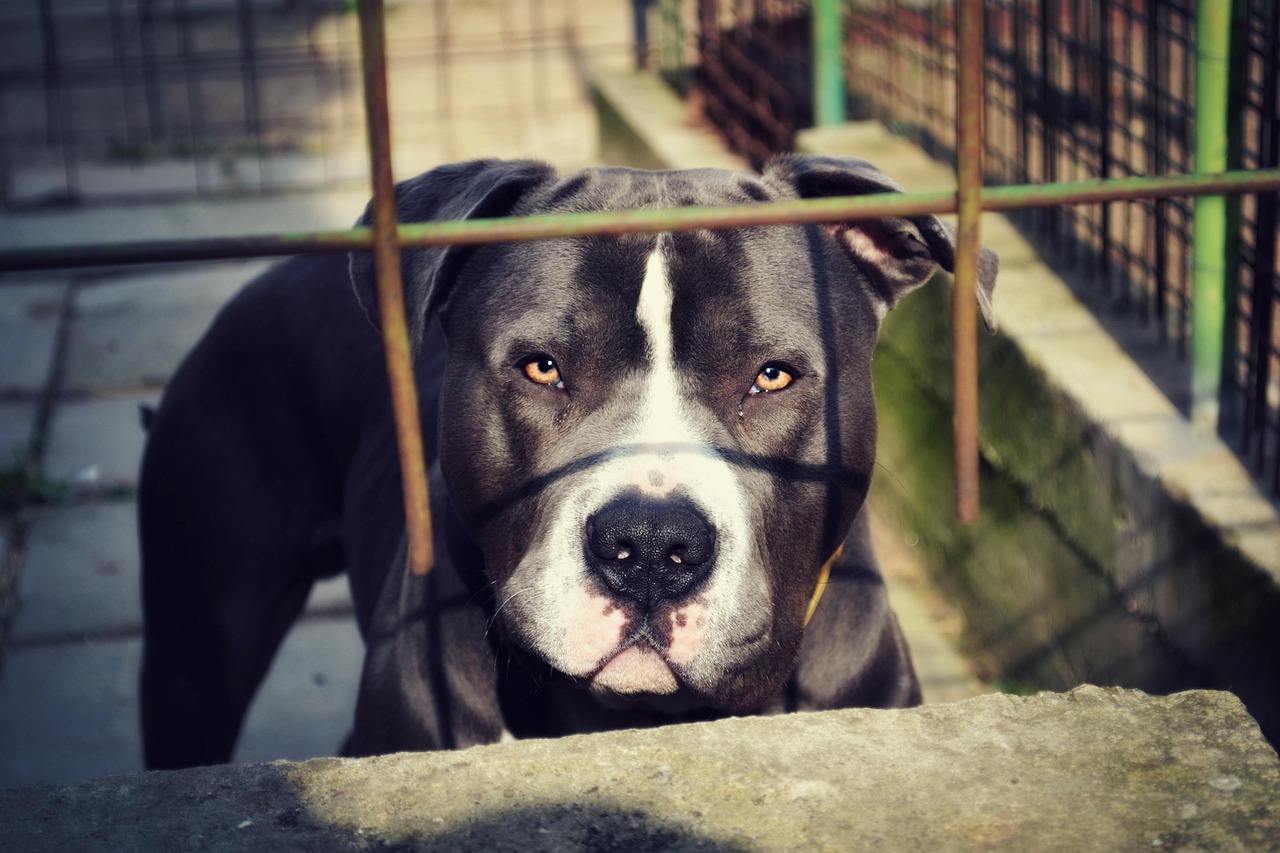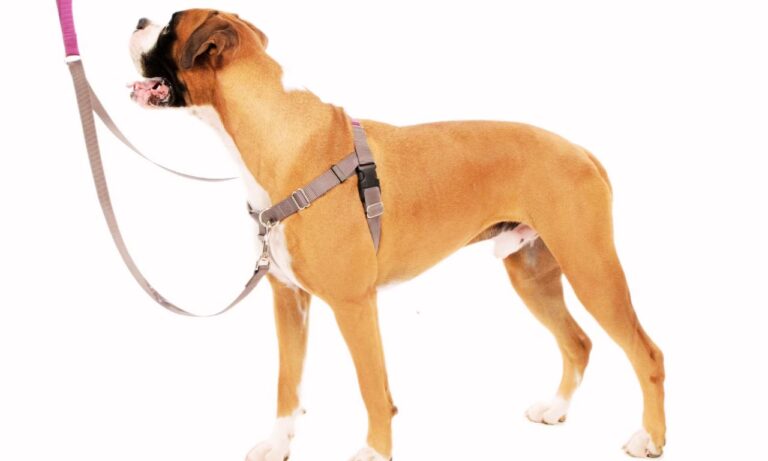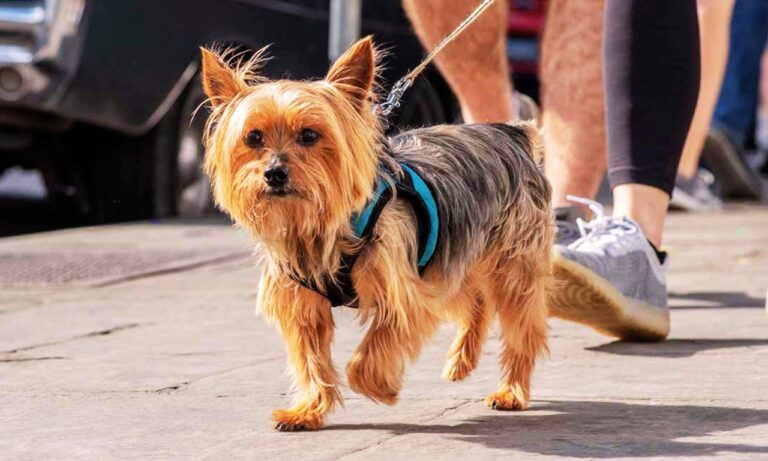| Summary: Pitbulls may attack their owners due to fear, stress, lack of proper socialization, or resource guarding. Sometimes, aggression stems from previous trauma, poor training, or health issues. It’s crucial to address the root cause of aggression through socialization, proper training, and behavioral management. |
Pit bulls have been a subject of public debate for many years, often discussed in the context of attacks on owners or others. While they are beloved pets to many, there is a perception that pit bulls are more aggressive than other dog breeds. So, why do pit bulls attack owners?
Pit Bulls may attack due to poor training, abuse, fear, or lack of socialization—not because of inherent aggression. GPS dog collars allow safe tracking and monitoring during behavioral rehabilitation.
I will explore the complex reasons why pit bulls might attack their owners, break down the behavioral factors behind such incidents, and provide insight into how these attacks can be prevented.
For a step-by-step guide on how to wear collar to an Affenpinscher, check out this detailed article to ensure a comfortable and secure fit for your dog.
The goal is to provide clarity around this controversial topic, offer factual insights, and empower pit bull owners with knowledge to create safer environments for both the dog and their family.
Blog Highlights
ToggleUnderstanding Pit Bull Behavior: A Look at the Breed
Pit bulls are a group of dog breeds that includes the American Pit Bull Terrier, the American Staffordshire Terrier, the Staffordshire Bull Terrier, and others.
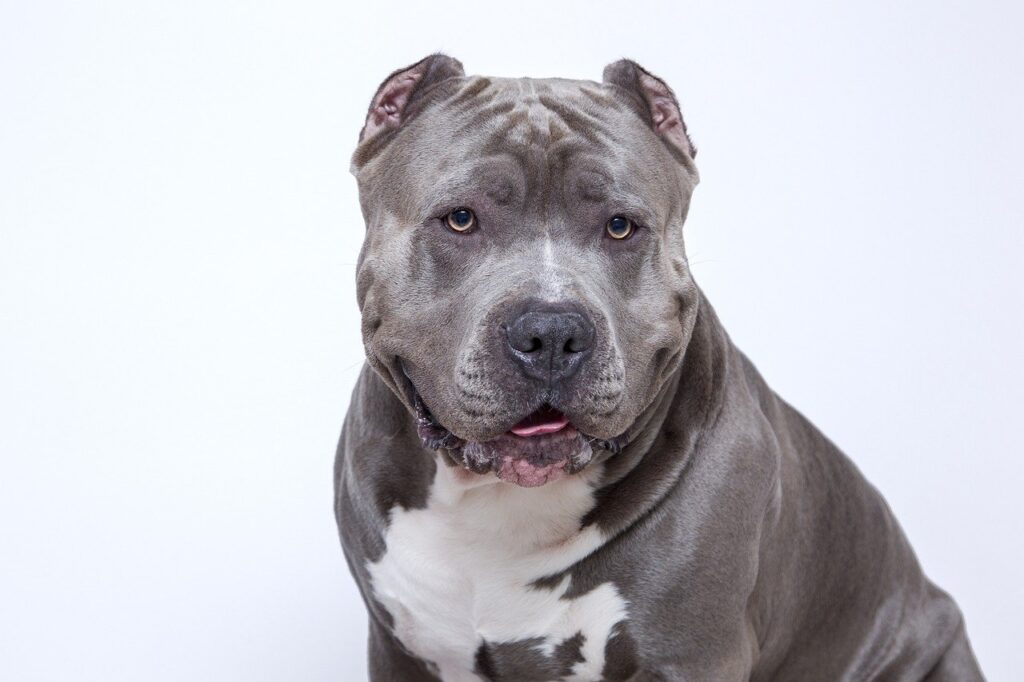
These breeds are often mixed, making generalizations about their behavior tricky. However, understanding the traits commonly associated with pit bulls helps explain some of their actions.
With consistent, positive training, Pit Bulls are loyal, affectionate, and safe pets. Electronic dog collars can reinforce boundaries and obedience.
Physical Traits
- Size: Adult pit bulls typically weigh between 30 to 85 pounds (13.6–38.5 kg) and stand around 18 to 21 inches (45–53 cm) tall.
- Muscle structure: Known for their muscular build, pit bulls are powerful dogs that possess strength and stamina.
These traits, combined with their high energy levels, can lead to aggressive behaviors if not properly managed.
Temperament
- High energy: Pit bulls are active dogs that require ample exercise to remain calm.
- Loyal and affectionate: Many pit bulls form strong bonds with their owners and are known for their loyalty and protective instincts.
- Stubbornness: Pit bulls can be independent thinkers, making them harder to train if not approached correctly.
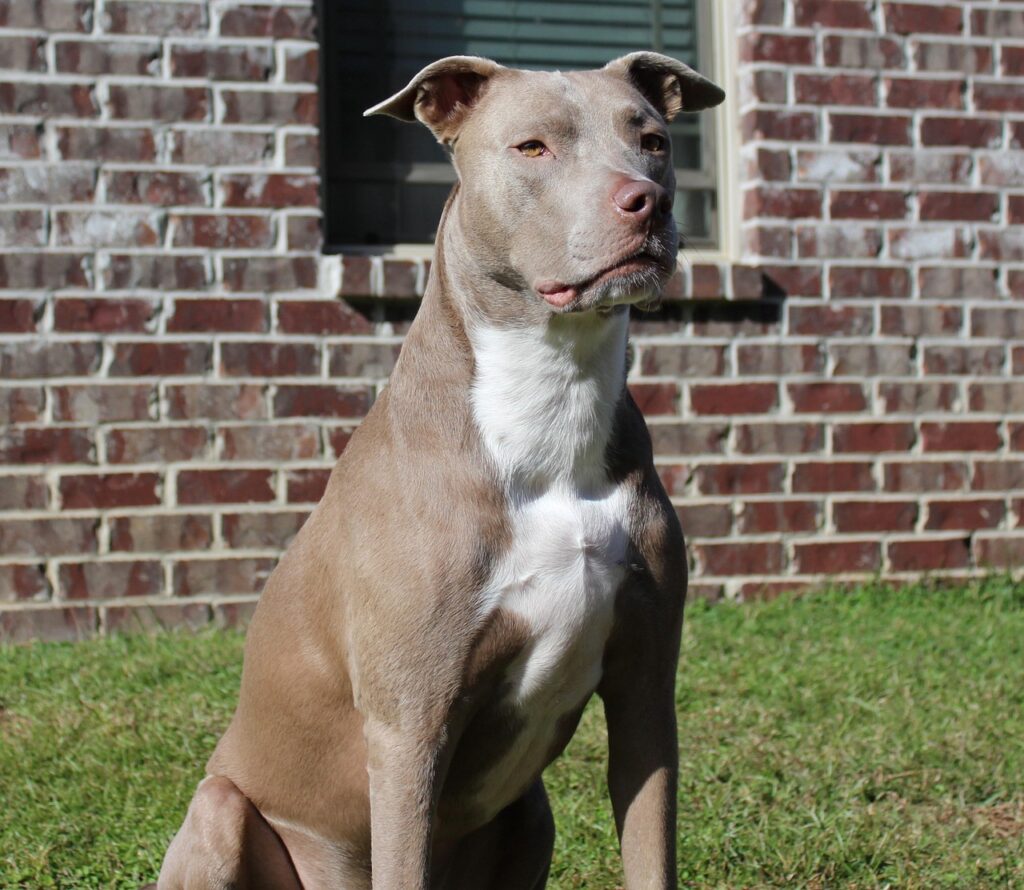
Pit bulls can be wonderful family pets with the right training and socialization. However, their strength and protective nature mean that they can pose a threat if not managed appropriately. Check out the best dog collars for Border Collie to find durable, stylish, and comfortable options for your active dog.
Quick Fix Table
| Cause | Quick Fix |
| Fear/Anxiety | Provide safe space, gradual desensitization |
| Resource Guarding | Train “leave it” command, supervise meals |
| Poor Socialization | Early positive interactions with other dogs |
| Lack of Training | Enroll in obedience classes, use positive reinforcement |
| Health Issues | Regular vet check-ups, address pain or discomfort |
Why Do Pit Bulls Attack Owners: Common Causes of Pit Bull Attacks on Owners
There are several factors that may contribute to a pit bull attacking its owner. These range from environmental influences to psychological factors. Below, we examine these reasons in more detail.
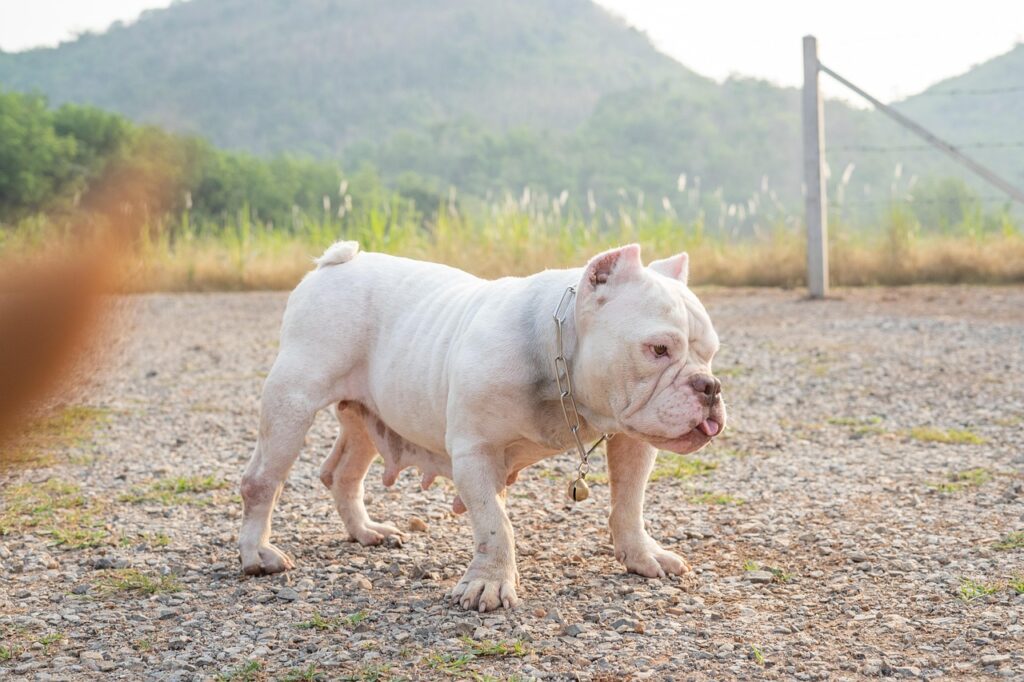
1. Lack of Proper Training and Socialization
One of the most significant factors contributing to aggressive behavior in pit bulls is inadequate training or socialization. A pit bull that is not exposed to various people, animals, and situations from an early age may develop fear or anxiety, leading to aggressive responses when feeling threatened.
- Training: Without proper training, a pit bull may not learn how to appropriately react to various stimuli. This can result in behavioral problems, including aggression toward the owner.
- Socialization: Early socialization is critical for pit bulls. A lack of exposure to other dogs, pets, or people may lead to fear-based aggression, which can escalate into attacks on owners.
Solution: Early and consistent socialization, exposure to new environments, and positive reinforcement training are essential to ensure that a pit bull remains friendly, confident, and well-behaved around humans.
Neglect, isolation, or being bred for fighting can lead to unpredictable behavior in any breed. Pet tech products help owners track daily routines and health indicators.
For guidance on choosing the right collar size for an Airedale puppy, check out this detailed guide.
2. Abuse or Neglect
Pit bulls that have been subjected to abuse or neglect are more likely to show aggressive tendencies. Dogs, regardless of breed, may become fearful and defensive if they have experienced traumatic treatment.
- Fear aggression: Pit bulls that have been mistreated may react aggressively when they feel threatened, even by their owner. This type of aggression is often a defensive mechanism designed to protect themselves from harm.
- Lack of trust: Abuse can damage the trust between a dog and its owner, leading to fear and uncertainty in the dog’s behavior.
Research shows that dogs raised in abusive environments are 5 times more likely to display aggression compared to those in supportive homes.
Solution: Treating a dog with kindness, patience, and consistency is crucial. If a pit bull shows signs of fear or anxiety, it is essential to seek help from a professional dog trainer who specializes in rehabilitating dogs with a history of abuse.
Responsible breeding and ownership reduce the risks of aggression significantly. Dog training equipment supports behavior management and correction.
3. Health Problems or Pain
A pit bull that is in pain due to illness or injury may become irritable and more prone to aggression. Pain can affect a dog’s behavior, making them more likely to bite or attack, even if they are typically well-behaved.
- Injuries: If a pit bull has an injury, especially one that causes long-term discomfort, it may lash out if it feels threatened or startled.
- Health issues: Conditions like hypothyroidism, neurological disorders, or infections can affect a dog’s temperament. Painful health problems might also make it harder for a dog to handle stress or interact calmly with humans.
It is essential to monitor the dog’s health and address any medical concerns promptly to avoid pain-related aggression.
Solution: Regular vet check-ups and prompt treatment for injuries or health conditions are critical for maintaining a dog’s health and preventing aggression.
For insights on whether Airedales are good off-leash, explore this comprehensive article.
4. Unstable Environment or Stress
A high-stress environment can contribute to aggressive behavior in pit bulls. Loud noises, chaotic households, or changes in the environment can cause stress and anxiety in dogs, making them more likely to act out.
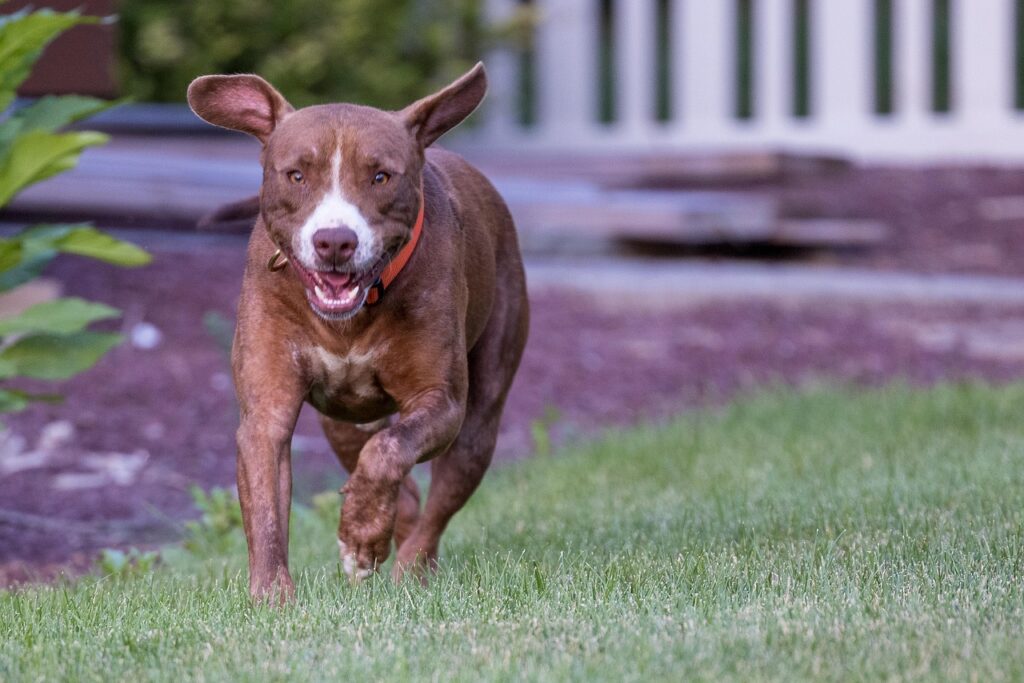
- Loud environments: Excessive noise, such as yelling or household arguments, can be distressing for a pit bull and may lead to aggressive reactions.
- Sudden changes: A move to a new home, a new baby, or the introduction of another pet can cause stress for a dog, especially if they haven’t been prepared for these changes.
Stress-induced aggression is a common issue, especially for breeds like pit bulls that are known for being sensitive to their surroundings.
Solution: Keeping a stable and calm environment is essential for the well-being of your pit bull. Provide them with a quiet, safe space where they can retreat when feeling overwhelmed. Gradually introduce changes to help them adjust to new circumstances.
5. Possessiveness or Resource Guarding
Pit bulls are known for their loyalty to their owners, and they may exhibit possessive behavior when it comes to food, toys, or even people. Resource guarding is a behavior where a dog aggressively defends objects or territory.
- Food guarding: Pit bulls may become possessive of their food or treats and could lash out if they feel threatened while eating.
- Toy or space guarding: Some pit bulls may also become territorial over their bed, toys, or even their owner, leading to aggressive behavior when others approach these resources.
According to studies, 10-20% of dogs show some form of resource guarding, though it’s more common in certain breeds, including pit bulls.
Solution: Training that focuses on desensitizing resource guarding, such as positive reinforcement for calm behavior around food or toys, can help alleviate this issue.
6. Fear of Strangers or Unfamiliar Situations
Pit bulls may become fearful of strangers or new situations, and this fear can sometimes turn into aggression. This fear-based aggression is particularly common in untrained or unsocialized pit bulls.
- Fear of new people: Pit bulls may view unfamiliar people as a threat and may attack if they are not comfortable with the new person or situation.
- Fear of sudden movements: Quick, unpredictable movements, especially from children, may trigger a defensive response from a pit bull.
A study conducted by the American Veterinary Medical Association (AVMA) found that dogs with poor socialization are 3 times more likely to display fear-induced aggression compared to well-socialized dogs.
Solution: Gradual exposure to new people, environments, and situations, combined with positive reinforcement, can help reduce fear-based aggression in pit bulls.
Discover the benefits of using a harness by reading this guide on should a Collie wear a harness.
Steps to Prevent Pit Bull Attacks on Owners
Understanding the root causes of aggression is the first step in preventing attacks. Here are some actionable steps to reduce the risk of a pit bull attacking its owner:
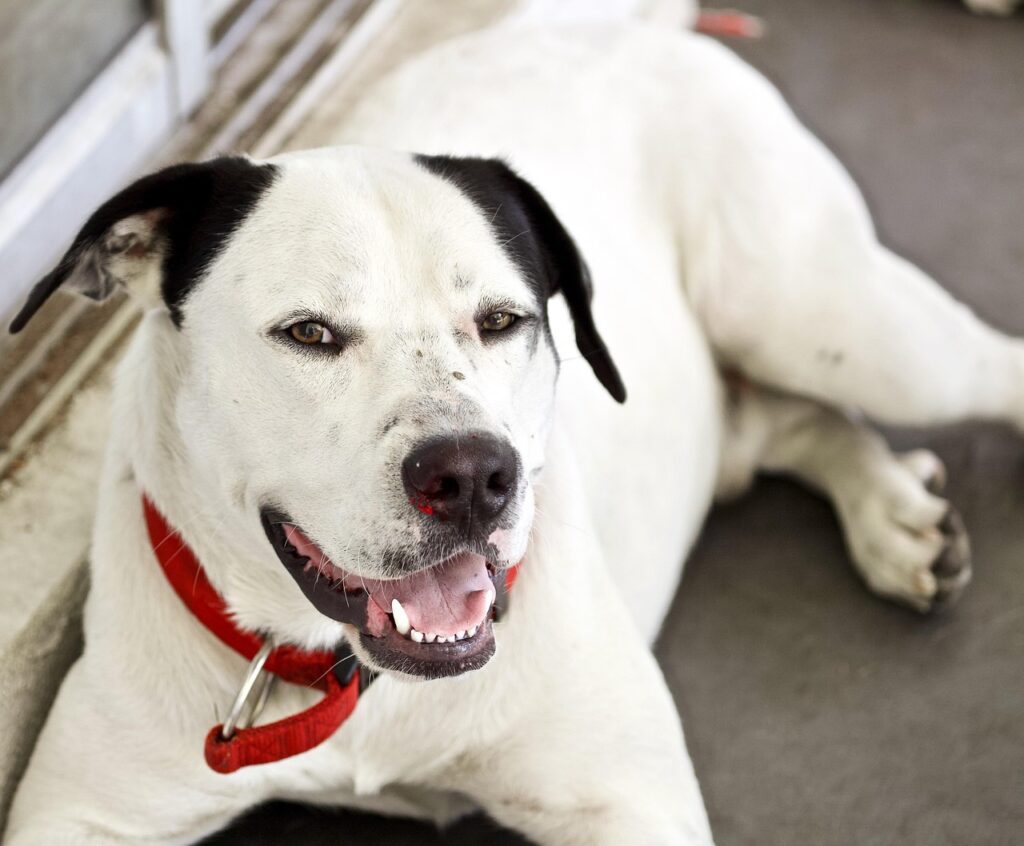
1. Early Socialization and Training
Socialize your pit bull from an early age with a variety of people, environments, and animals. Consistent obedience training is also crucial to establishing a well-behaved and responsive dog.
2. Regular Vet Visits
Ensure that your pit bull receives regular veterinary care to check for any underlying health issues or pain that could trigger aggression. Early detection and treatment can prevent behavior problems.
3. Create a Calm and Stable Environment
Maintain a quiet and stable environment, free from excessive noise and stress. Consistency in daily routines helps keep your dog calm and secure.
4. Positive Reinforcement for Calm Behavior
Use positive reinforcement methods to reward calm behavior, especially around food, toys, and new people. Avoid harsh punishment, as it can increase fear and aggression.
5. Supervise Interactions
Always supervise interactions between your pit bull and children, strangers, or other pets, especially during the initial stages of introductions.
Wrapping Up
Pit bulls, like any breed, can exhibit aggressive behavior, but understanding the causes of aggression is key to prevention. In many cases, pit bulls that attack their owners do so due to factors like poor training, health issues, fear, or neglect. By addressing these issues and providing a safe, stable, and well-structured environment, pit bull owners can minimize the risk of aggression.
Pit bulls are loyal, loving companions when treated with care, respect, and understanding. By following proper training, health management, and socialization practices, you can ensure a safe and happy relationship with your pit bull for many years to come.
Learn if Dachshunds need special collars to provide the right support and comfort for their unique body shape. Hope so, now you know why do pit bulls attack owners.

